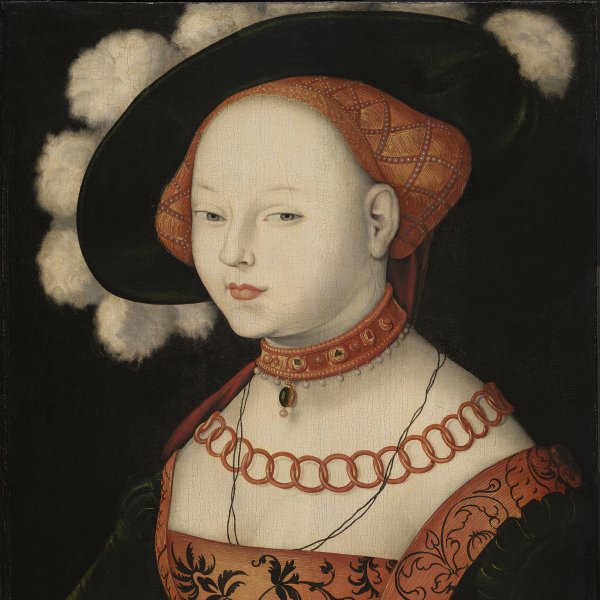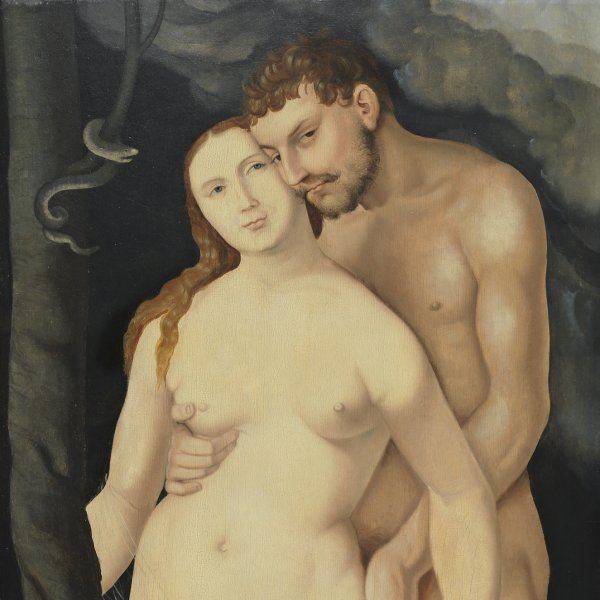Hans Baldung Grien
Baldung Grien was a 16th-century German artist who was active as a painter, printmaker and stained-glass designer. He trained in Strasbourg and completed his studies in Dürer’s workshop where he is documented around 1503. His nickname of “Grien” (green, in old German) dated from his youth when he was known for his preference for that colour. When Dürer made his second trip to Italy between 1505 and 1507, Grien remained in charge of the studio in Nuremberg as he was considered his best pupil. In 1509 he is again documented in Strasbourg where he became a citizen and ran his own workshop. Grien and Dürer enjoyed a relationship of friendship and mutual admiration that would last until Dürer’s death. This is evident from the fact that during his trip to the Low Countries Dürer made gifts and exchanged prints by Grien. Between 1512 and 1517 Grien moved to Freiburg im Breisgau to execute the most important project of his career, namely the decoration of the high altar of the cathedral in the form of a monumental altarpiece with 11 paintings of which the central element was a Coronation of the Virgin. This altarpiece, still in situ, is considered one of his masterpieces. In 1517 he returned to Strasbourg where he remained until his death in 1545.
Grien was a highly prolific and versatile artist and his large output includes religious works, portraits, and mythological and allegorical compositions. His allegories can be considered his most important contribution, in which erotic female nudes transmit messages related to the concept of death. Among his finest paintings are The Seven Ages of Woman (Museum der Bildenden Künste, Leipzig), The Three Graces and The Ages and Death (both in the Museo del Prado, Madrid). His paintings and prints were influenced by the work of other German Renaissance artists such as Lucas Cranach, Grünewald and Dürer.





